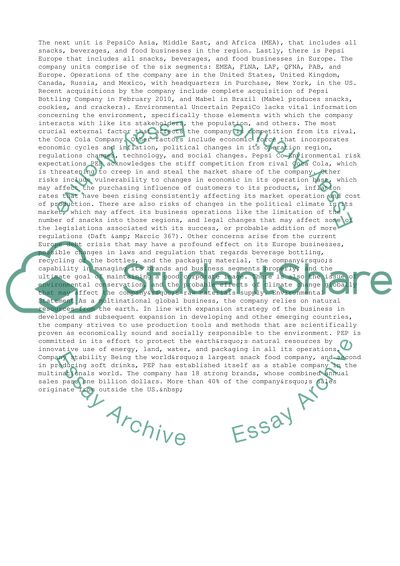Cite this document
(“Pepsi Research Paper Example | Topics and Well Written Essays - 1750 words”, n.d.)
Pepsi Research Paper Example | Topics and Well Written Essays - 1750 words. Retrieved from https://studentshare.org/business/1438499-pepsi
Pepsi Research Paper Example | Topics and Well Written Essays - 1750 words. Retrieved from https://studentshare.org/business/1438499-pepsi
(Pepsi Research Paper Example | Topics and Well Written Essays - 1750 Words)
Pepsi Research Paper Example | Topics and Well Written Essays - 1750 Words. https://studentshare.org/business/1438499-pepsi.
Pepsi Research Paper Example | Topics and Well Written Essays - 1750 Words. https://studentshare.org/business/1438499-pepsi.
“Pepsi Research Paper Example | Topics and Well Written Essays - 1750 Words”, n.d. https://studentshare.org/business/1438499-pepsi.


